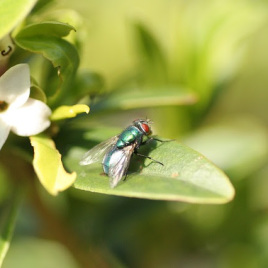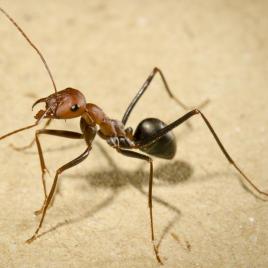A flash of a wing in sunlight contains all that a male green bottle fly looking for love needs to know about its potential mate. Results of a new analysis of female green bottle flies shows that they can communicate their sex, age, and even their level of interest by adjusting their wing beat, or […]
Tag: insects
Cutting away at the mystery of leafcutting bees
Leafcutting bees use pieces of various plant leaves to build their nests, however determining which plants they prefer has been a challenge. In the past, researchers had to either observe leafcutting bees visiting a plant or identify pieces of leaf in the nest in to know which plant the bees relied on. Now, using DNA […]
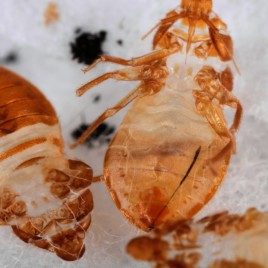
How bed bugs beat insecticides
By analysing and sequencing the genome of the bed bug, Cimex lectularius, researchers have identified genes associated with insecticide resistance. Over the last 20 years the bed bug has developed abilities which limit the effectiveness of insecticides. Researchers hope their findings will help uncover mechanisms of insecticide resistance. The bugs have certain proteins in their […]
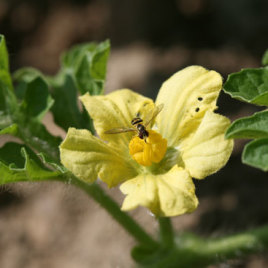
Don’t forget the other pollinators
Butterflies, wasps, beetles and flies might not be as effective pollinators as bees but new research shows their impact shouldn’t be discounted. Non-bee pollinators visit more flowers than bees so that even if they’re not such effective pollinators, their rates pollination are similar to bees. The analysis of 39 field studies revealed there is […]
Weather impacts on insect gender
The gender of certain insects can be determined by the weather, and therefore influenced by climate change, according to new research. The authors believe this is the first study to show the effects of weather on insect gender. From 2008 to 2010 Researchers captured newly hatched weevils (Curculio elephas) after they emerged from the soil. […]
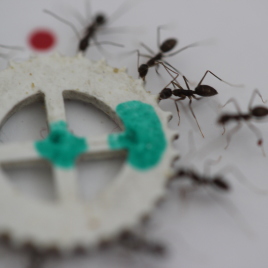
Ants too have their guides
It takes a lot of coordination for a group to carry a large load together. It’s a rare ability in the animal world, but one shared by ants and humans. Like humans, longhorn crazy ants (Paratrechina longicornis) use individuals for steering the direction of the group. This collective movement appears to arise by the […]
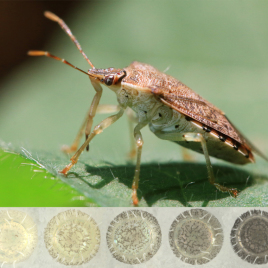
The secrets of stink bugs: A new chemical compound and selective egg colouration
Stink bugs, Podisus maculiventris, are able to change the colour of the eggs they lay to better protect them from UV radiation, according to new findings. The researchers expected the colour variation to come from differing levels of melanin, however they found a new compound responsible for the pigmentation. While stink bugs are the first […]
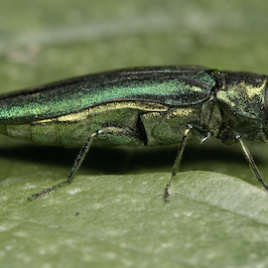
The Emerald ash borer can attack other tree species
New research shows that the emerald ash borer, an invasive beetle from Asia which has killed millions of ash trees in Canada, can also attack the white fringetree (Chionanthus virginicus). This small shrub, while native to the southeastern United States, is planted ornamentally in Ontario and Quebec. Researchers have found that white fringetrees in three […]
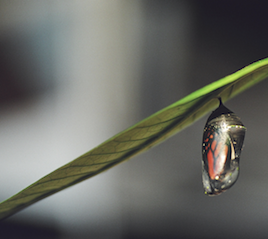
On the origins of the monarch butterfly
Monarch butterflies originated in North America 20,000 years ago at the end of the last glacial maximum before dispersing out to locations around the world, a new study shows. The authors sequenced the whole genome of 101 monarch butterflies from around the world to better understand the genetic basis of its migration patterns. The researchers […]
Chemicals could help bee colonies fight mite infestations
Researchers have identified certain chemical compounds that could help fight infestations of the parasitic Varroa destructor mite, a major pest for beekeepers. The mites use smell to distinguish between different worker types in the bee colony, preferring younger ‘nurse’ bees over older foragers. The team found that treating the bees with certain chemical compounds confused […]
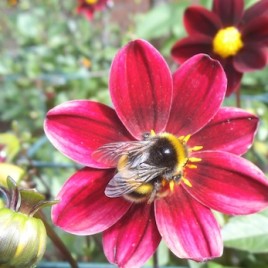
Exposure to pesticides impairs bees’ foraging ability
A new analysis confirms that exposure to pesticides – including one in the neonicotinoid (neonic) class – has a negative impact on bees’ foraging ability. The study used radio-frequency identification (RFID) tags to track 259 bees from 40 colonies over 4 weeks. Bees exposed to the neonic pesticide either by itself or mixed with another […]
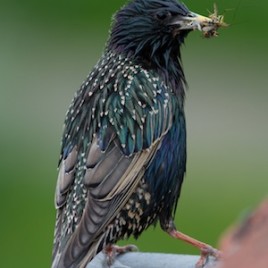
Link drawn between pesticide use and bird declines
Researchers in the Netherlands have drawn a link between use of the neonicotinoid (neonic) pesticide imidacloprid and declines in insect-eating birds. The study found that in areas of the Netherlands where imidacloprid concentrations in surface water were highest – more than 20 nanograms per litre – bird populations tended to decline by 3.5 per cent […]
Predicting species tolerance to pesticides
A new computer model could help biologists predict how various species will respond to pesticides. Because of varying responses to pesticides between species – including their tendency to develop tolerance – it’s costly and difficult not only to judge their potential effectiveness but also to manage the unintended consequences in non-target species. The new model […]
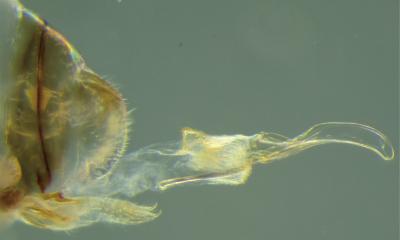
In Brazilian cave insects, females have penises
Researchers have discovered four related species of cave insects in the genus Neotrogla in which females have evolved an elaborate, penis-like organ known as a gynosome. By contrast, males have a much reduced, vagina-like opening, through which they provide nutritious seminal gifts in addition to sperm. Because of the resource-poor environment of the cave, it’s […]
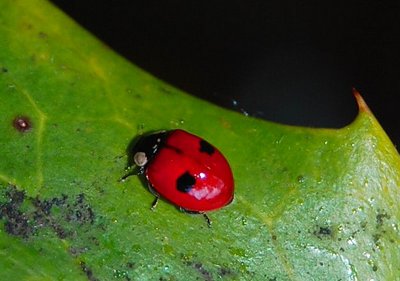
Mating has costs for male ladybugs
The toll of raising young on females is well-documented, but a new study looks at the less well-understood costs mating poses to males. Males of the two-spot ladybird beetle (Adalia bipunctata) who had mated had 53% shorter life spans than those who hadn’t. As well, males who produced a spermatophore – a capsule containing sperm […]
